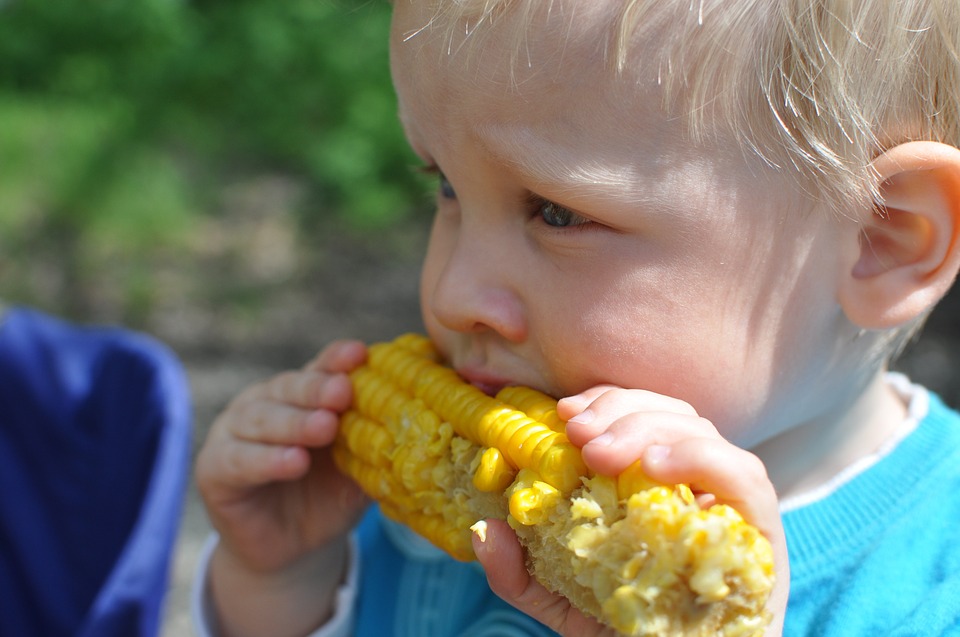
Online Toolkit Offers Resources to Improve School Nutrition
More than 30 million children now get at least one meal a day from school, making the nation’s schools a vital partner in efforts to combat rising rates of obesity, diabetes and prediabetes among U.S. children.
With that in mind, the University of California’s Global Food Initiative has launched a free online toolkit that seeks to help schools teach healthy eating habits and provide nutritious, sustainable food to students.
January 9, 2017 | Source: University of California | by Alec Rosenberg
More than 30 million children now get at least one meal a day from school, making the nation’s schools a vital partner in efforts to combat rising rates of obesity, diabetes and prediabetes among U.S. children.
With that in mind, the University of California’s Global Food Initiative has launched a free online toolkit that seeks to help schools teach healthy eating habits and provide nutritious, sustainable food to students.
The Good Food for Local Schools website features resources from UC and other sources that reflect innovative thinking and practices related to healthy and sustainable pre-K-12 school food options. It is aimed at anyone who works in or with schools on childhood nutrition issues.
“What you eat not only impacts health, it also is strongly linked to academic achievement,” said Wendy Slusser, associate vice provost for UCLA’s Healthy Campus Initiative, who led the GFI project. “This toolkit offers resources to help organizations provide students with equitable access to healthy food, so they can eat better and maximize their opportunities for academic success.”
Schools have become more important than ever in how American children eat. More than 30 million children take part in the National School Lunch Program, and school meals provide almost half of daily calories for kids enrolled in breakfast and lunch programs, Slusser said.
The toolkit taps into UC’s expertise in working throughout the state to improve nutrition in schools and communities. For example, UC CalFresh provides nutrition education to nearly 120,000 Californians a year, and teachers and schools work with UC CalFresh educators to link classroom curricula to the garden, cafeteria and playground.
